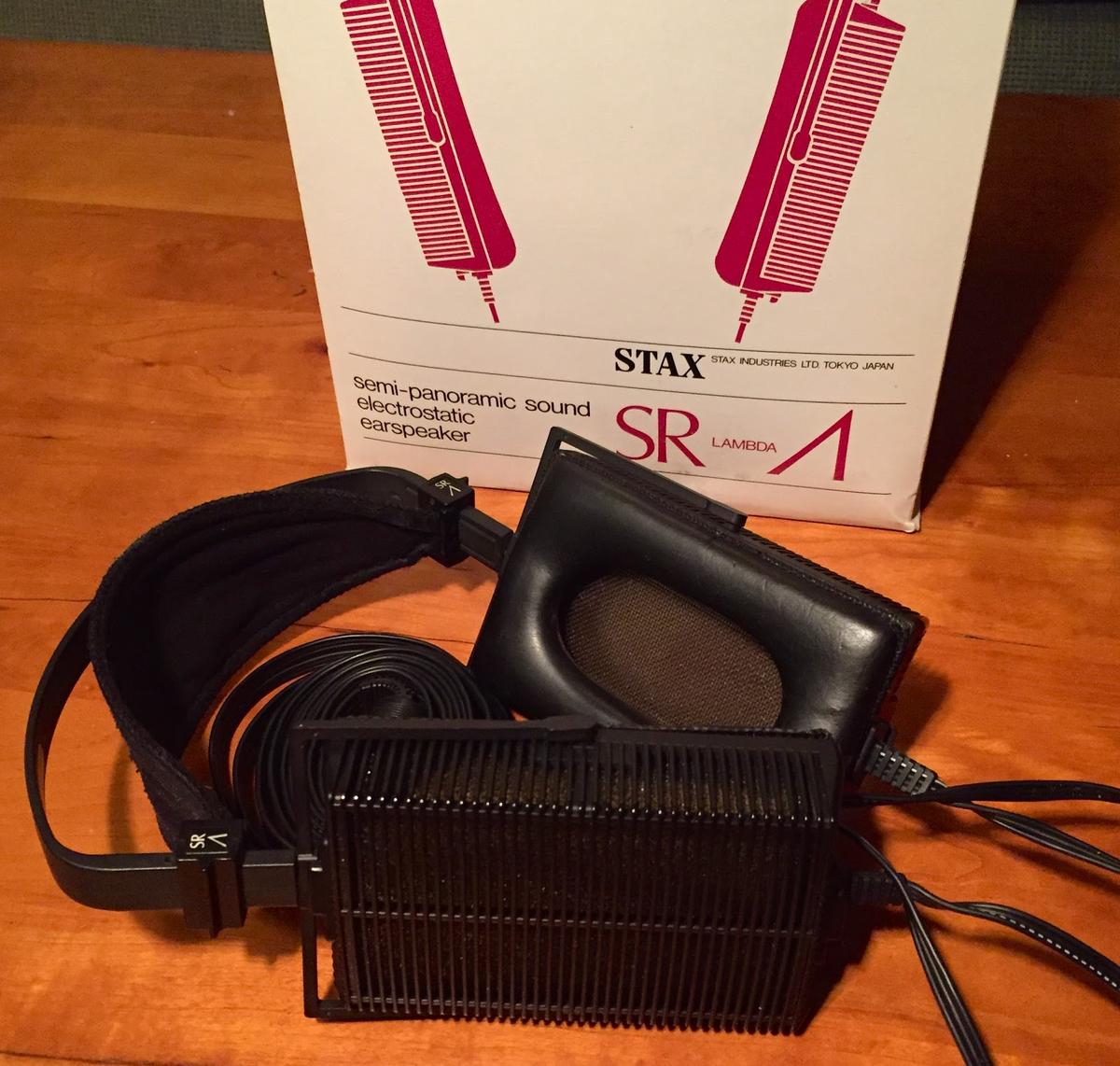Those looking for a perfect headphone should turn back now – the Lambda has its flaws. But it’s also got a lot of personality and mind-blowing resolution at an affordable price.
If you’re at all familiar with Japanese boutique headphone manufacturer Stax, you probably already know the design – two boxy black rectangles strapped to either side of the user’s head, each one infused with the wizardry known as an electrostatic driver. The SR-L700, L500, and L300 are the current-generation Lambdas.
Today I’m reviewing the SR-Lambda – the discontinued original incarnation of the Lambda design, first introduced way back in 1979.
- Lightning-fast speed and great resolution
- Well-balanced, wide soundstage with accurate imaging
- Generally pleasing and addictive sound
- Much cheaper than modern electrostatic options
- Weightless, airy bass response
- Wonky midrange tuning
- Too much upper treble
- Fragile, antiquated build – spare parts scarce
If you’re not familiar with electrostatic headphones, I’ll give you the briefest possible rundown here (because I’m unable to give you much more). While ordinary headphones use magnets to move their diaphragms (the sound-producing element), electrostatic use electricity alone to move their diaphragms. This allows the diaphragm to be ultra-light – “lighter than air,” as the marketing material likes to say – providing a very transparent sound.
Putting on a headphone like the SR-Lambda for the first time can be something of a revelation if you’re coming from a pair of low-fi or mid-fi dynamic or planar headphones. When it comes to electrostatic, you hear a lot of talk about how it sounds like there’s “nothing between you and the music,” or how “the sound simply materializes out of the air,” etc., etc.
You also hear a lot of grumbling (especially with respect to the Lambda and its descendants) about the timbre of electrostatics. Some people perceive them as unrealistically thin-sounding, the drivers as unrealistically fast, and the presentation of music as generally weightless, lacking in body, and unsatisfying.
Still, I think the Lambdas are something that should be tried, and I think the SR-Lambda is a great place to start – provided you’re unfazed by the prospect of buying 30+-year-old vintage electrostatic headphones.
Technical Specifications
One thing to note: the SR-Lambda, unlike the current Stax line-up, uses a lower “bias voltage” of 230V. This means that it will only be compatible with an electrostatic amplifier with a “normal-bias” output – the currently-produced Stax amps only have “pro-bias” outputs. For this review, I’ve used a Stax SRM-1/Mk-2.
Since it’s an electrostatic headphone, the specifications will look a little different from most modern dynamic headphones. Take note: that impedance is measured in kilo-Ohms, hence why you can’t use a regular headphone amp to drive these.
- Type: Push-pull electrostatic
- Electrostatic capacitance: 130 pF, including cord
- Impedance: 122 kOhms @ 10,000 Hz
- Sensitivity: 102 dB / 100 Vr.m.s. @ 1,000 Hz
- Bias voltage: 230 V
- Connector: Stax six-pin normal-bias
- Weight: 330g / 455g with cord

Design
When it comes to signs that someone’s perhaps gone a bit off the audio deep end, there are few that are as obvious as ownership of one of the Stax Lambda series of headphones. These boxy plastic rectangles are perhaps an unlikely choice to become one of the most iconic headphone designs ever made – yet, in 2020, the Lambda has edged out most of Stax’s other designs and become their base-model over-ear “earspeaker.”
Visually, they look like how they do in the pictures – the kind of form-over-function design that characterizes a lot of ‘80s electronics. I find the look endearing, but the same can’t be said of most people. Still, it’s not like you’ll be wearing them outside of the house anyway – even if you were comfortable being seen with a pair of these, their fragility and openness preclude me from recommending outside use.
Build-wise, what do you want me to say? They’re exactly as no-frills as they look – they’re 100% plastic, and they don’t inspire confidence in their ability to survive a drop. Still, the fact that my pair has lasted since at least the ‘80s is a bit remarkable. Perhaps they’re a bit more durable than I would give them credit for.
Comfort is a completely different story. Actually, I find that the Lambda series is one of the most comfortable types of headphone I’ve come across.
These sit extremely light on the head, with very little clamping force, tall, spacious earpads (though one of my ears does sit against the driver cover slightly on one side), and a cloth headband that – while not visually luxurious – pretty much “disappears” after a few minutes of use, with no hotspots or pressure.
So, I’ll call the Lambda a mixed bag – very comfortable, but not attractive, and not well-built. Still, this headphone gets a pass, since it’s from the late ‘70s. (The more modern Lambdas do not get this excuse, even though I still like the design.)
Since the headphone is so fast, the reverb tail of each instrument is very audible, allowing the listener to get a much better idea of the properties of the acoustic space of a recording than with slower headphones. One gets a very detailed picture of how far away each instrument is, the size of the room in which they were recorded, etc.
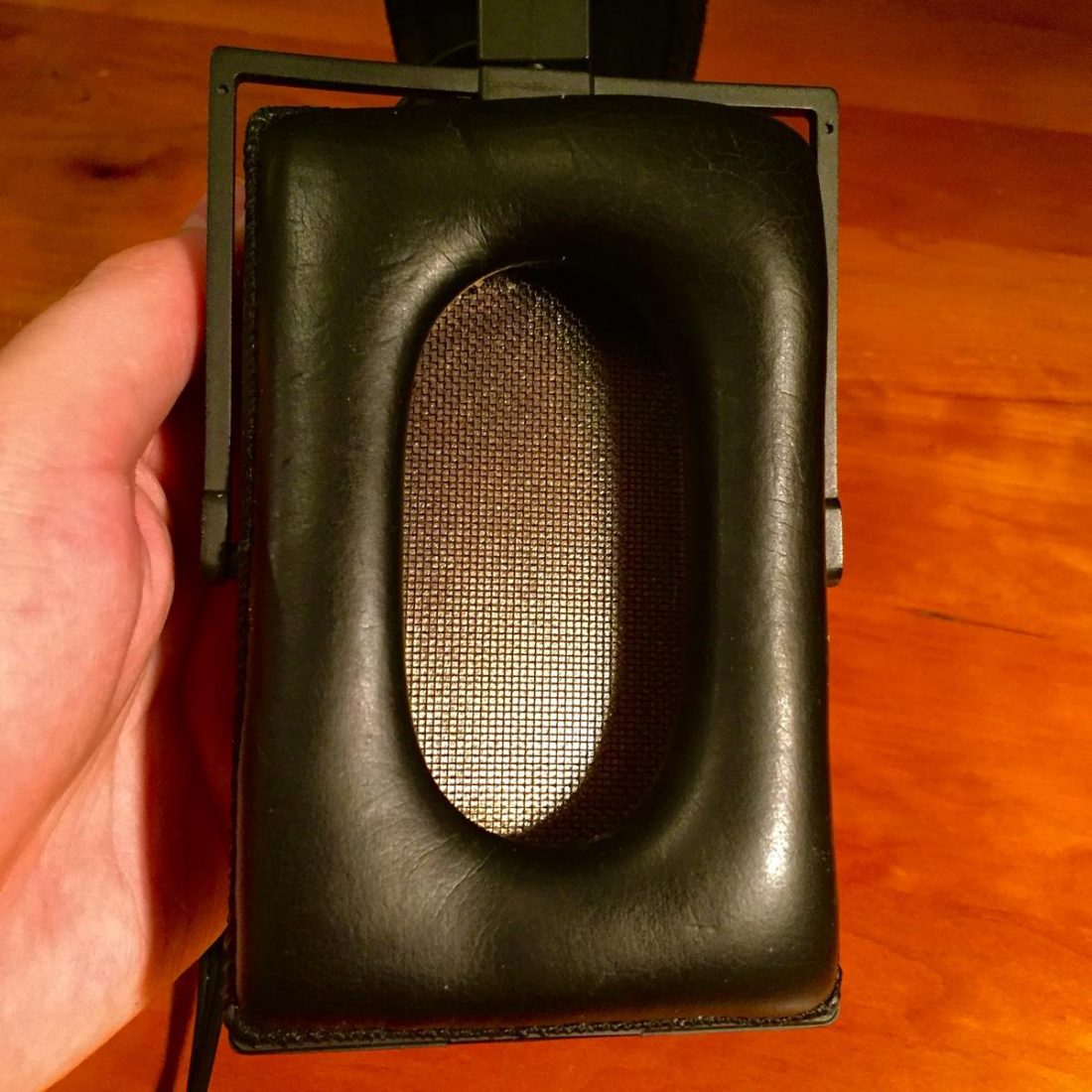
Sound
The SR-Lambda isn’t the first Stax headphone I’ve heard – I bought it after hearing a few other models, including the Stax SR-L700, SR-L500, SR-007 mk2, and SR-009. I also bought it pretty quickly after being disappointed by the Lambda’s immediate successor, the Lambda Pro.
I find that the Lambda probably comes the closest (except for maybe the SR-009) to what I had imagined an electrostatic headphone to sound like before I had ever tried one. Overall, its sound is thin, airy, ethereal, and detail-forward.
It’s also a sound with a lot of personality, meaning that these headphones aren’t all-rounders – they won’t adapt to the character of any music you throw at it. It’s especially bad at conveying a sense of intimacy or power. Heavy metal sounds like a joke – every texture is rendered with supreme transparency, but the drums don’t “hit,” even with serious bass EQ.
Instead, this headphone’s strength is in its speed. It can effortlessly render music without getting confused or bogged down even in extremely fast and busy passages. Perhaps more importantly, its speed allows it to portray room ambience nearly flawlessly, greatly increasing its capacity for imaging.
Of course, these are characteristics that are true of most electrstatics, and pretty much all the members of the Lambda series. If anything, the Lambda is slightly less technically capable than many of its younger descendants. I’ll include a couple comparisons with other Lambdas that I’ve tried below. But first, I’ll do the traditional breakdown: bass, mids, and treble.
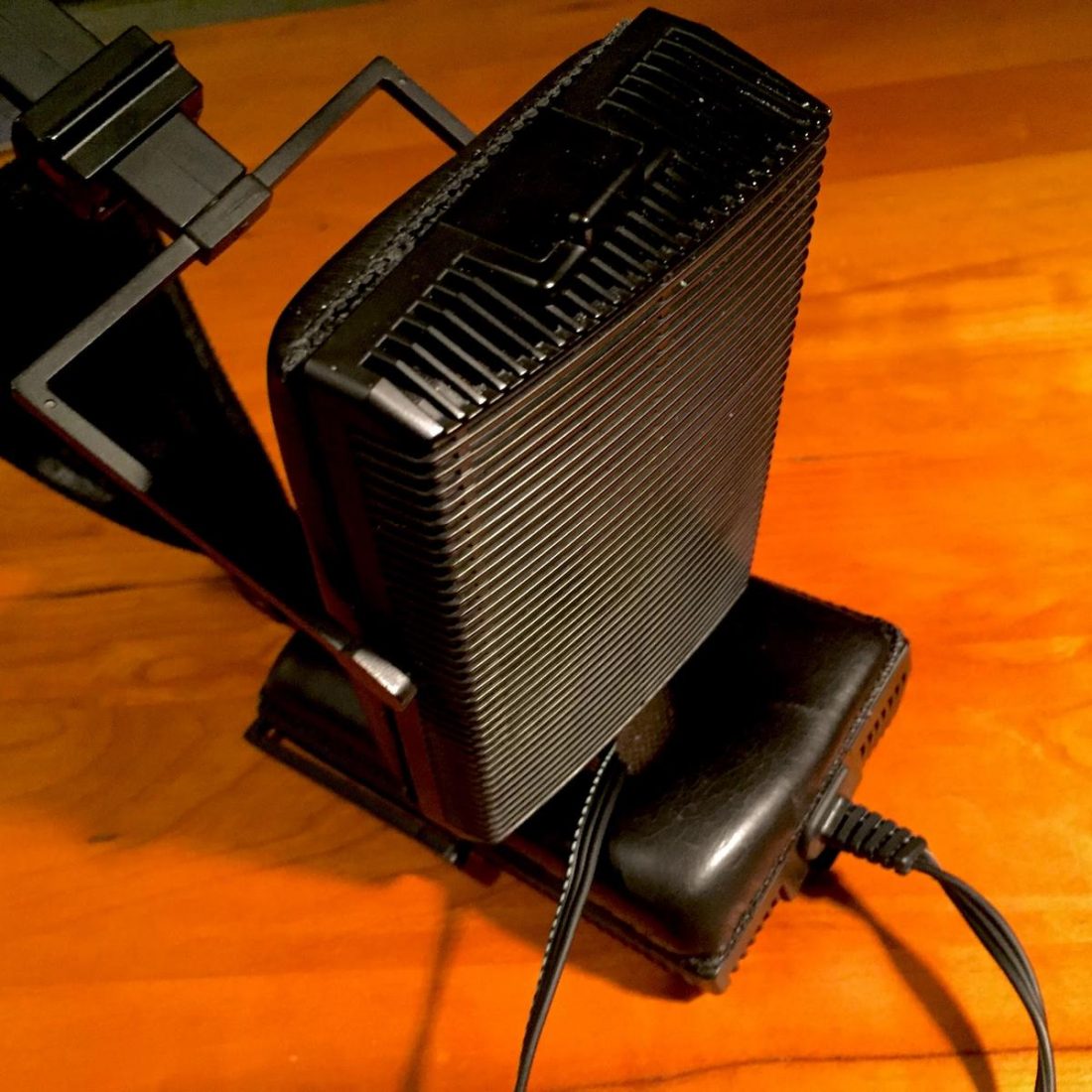
Bass
It’s generally known that electrstatics can’t do bass very well. In my experience, this is not entirely accurate – there are some electrstatics that can do bass quite well. Unfortunately, the SR-Lambda is not one of them.
It’s not that these headphones lack extension – the extension is there, nearly flat all the way down to 30 Hz, albeit with a very small, very wide hump at around 100 Hz. (Don’t trust measurements that indicate the contrary – these measurements were likely done with a seal breach, which severely compromises extension.) Instead, what they lack is articulation and impact.
While I found that the SR-Lambda Pros had great bass, the original SR-Lambda’s bass is different in character – kind of loose and sloppy. While later Lambda variants could take bass EQ, the original reacts to a bass boost rather pathetically. If I could think of a word, it would be “poofy.”
Granted, the bass is still quite a bit faster and more articulate than what you’d find on most dynamic headphones. But, since it lacks the realism and viscerality that dynamic headphones often have, I’d say the bass occupies a sort of uncomfortable middle ground: it has neither the resolution that’s possible on the highest-performing electrstatics, nor the tactility of the best dynamic headphones.
Luckily, the bass isn’t thrust into your face. I think that other characteristics of the headphone more than make up for the subpar bass performance.

Mids
The most distinctive aspect of the Lambda lineup is its unusually-tuned midrange. Looking at measurements for most of the Lambda series, and one would be forgiven for thinking that they all sound more or less identical. The defining feature in these measurements is a fairly prominent elevation between about 1 and 2 kHz, surrounded by areas of relative recession.
This is characteristic of most Lambdas, and it’s characteristic of the original SR-Lambda too, but interestingly enough, there’s actually a relatively wide range of different “sounds” between the different Lambdas, despite the similar measurements.
Overall, I find the Lambda’s midrange to be a bit disjointed. It’s thinned-out in the lower midrange (below 1 kHz), and laid-back in the very upper midrange (from about 2.5 kHz to 4 kHz), with a significant elevation right in between. Some people have suggested that the Lambda has a “seductive” midrange, but I’d simply call it colored. To put it somewhat more poetically, the Lambda has the tone of a gentle yawn.
Sometimes this is good, sometimes it’s not. When it comes to classical music, the midrange can sometimes be quite pleasant and even realistic – but with certain instruments, especially ones that typically play fundamentals in the boosted area of the midrange, the Lambdas can be very unpleasant indeed.
Flutes are a great example – they often stick right out of textures as they reach climactic points in phrases. Oboes sound too nasal; pianos sound too tinkly and glassy; things in general sound a bit thin and off-kilter.
For some other genres, though, the midrange is a blessing. I love, love listening to ambient and drone music with the Lambda – everything is perfectly, sparklingly clear, airy, and wonderful. Vocals can be similarly nice, as long as they’re mastered well.
Overall, the Lambda tuning is not something I’m categorically opposed to – but when I go from this headphone to, say, the Sennheiser HD600, I immediately notice that the HD600 is tuned much more realistically.
Treble
The original SR-Lambda has a reputation for being somewhat less bright and more forgiving than later members of the Lambda line-up. While I can see why people say this is the case, it’s not entirely true.
Many of the more recent Lambdas have a lot of presence throughout the treble region. The Lambda has plenty of treble energy, but it’s pretty much entirely focused in the very upper regions of the treble (above 10 kHz) – hence, with a lot of older recordings that don’t feature much energy there, they sound pretty soft in the treble, with the upper treble boost only adding a general “airiness” to the sound.
When it comes to modern recordings, or older recordings with emphasized upper treble, it’s a different story. It’s not that these headphones are particularly prone to sibilance – the treble is very clean. But when it comes to cymbals and the letter “s,” the Lambda tends to throw a bright, unrealistic sheen over everything due to a boosted air region – especially between 9 kHz and 14 kHz.
Still, being an electrostatic headphone, the Lambda has very good resolution in the treble – especially considering that it was first released in 1979.
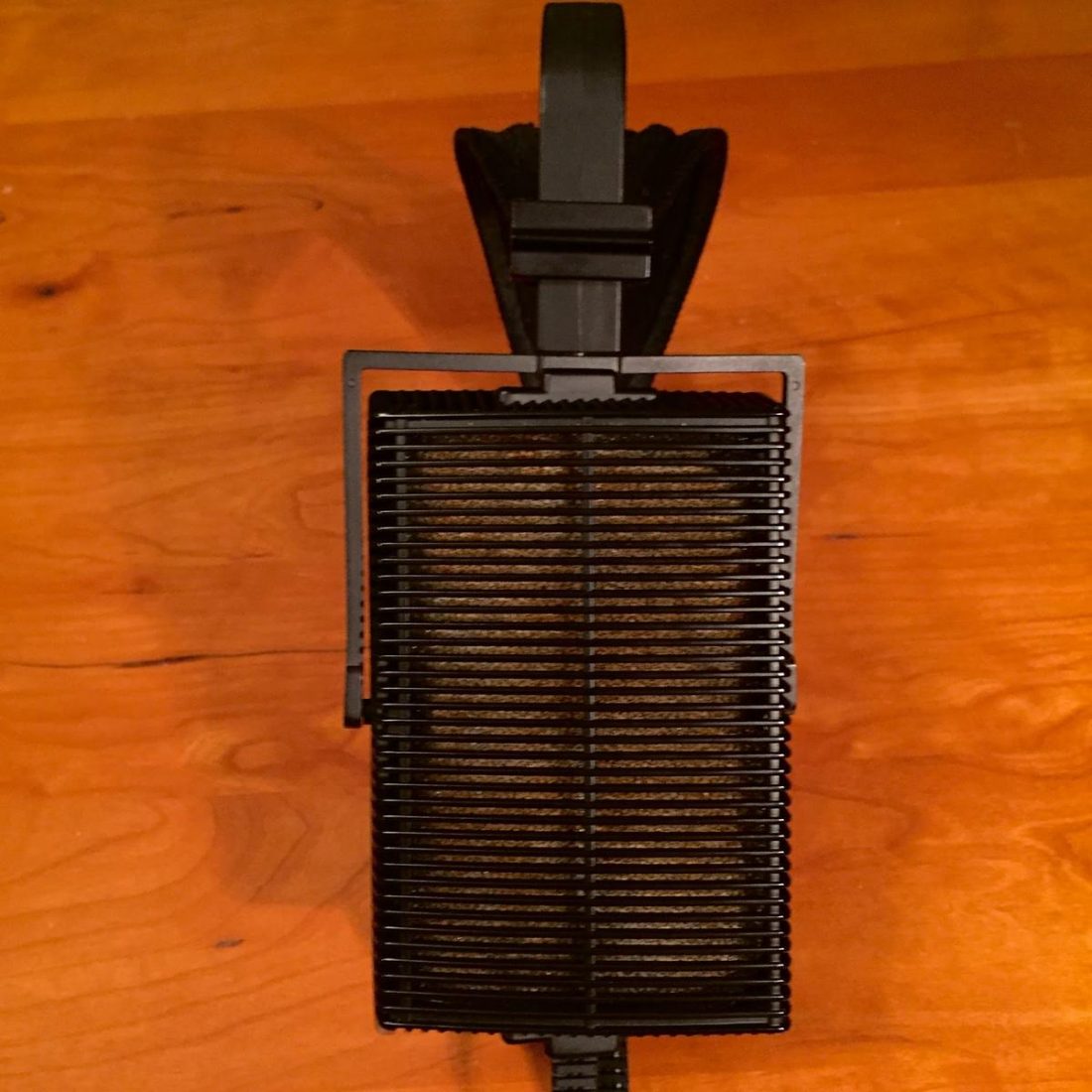
Soundstage and imaging
My vocabulary for describing soundstage is admittedly a bit poor, but in my opinion, everyone’s is – it’s simply not intuitive to explain.
With that being said, the SR-Lambda hits a soundstage sweet spot to me – large enough to provide a nice “out-of-head” experience, not so wide that it becomes diffuse (though to me, that’s not such a problem). It has nicely balanced depth, width, and height – that is, it has no issues with “flatness,” as far as I can tell.
The SR-Lambda is an electrostat, so instrument separation is characteristically superb. Imaging may not be quite as “pinpoint” as it is with later Lambdas like the Lambda Signature, but it’s still quite good.
One sonic property that greatly helps the SR-Lambda’s imaging is its lightning-fast decay. Since the headphone is so fast, the reverb tail of each instrument is very audible, allowing the listener to get a much better idea of the properties of the acoustic space of a recording than with slower headphones. One gets a very detailed picture of how far away each instrument is, the size of the room in which they were recorded, etc.
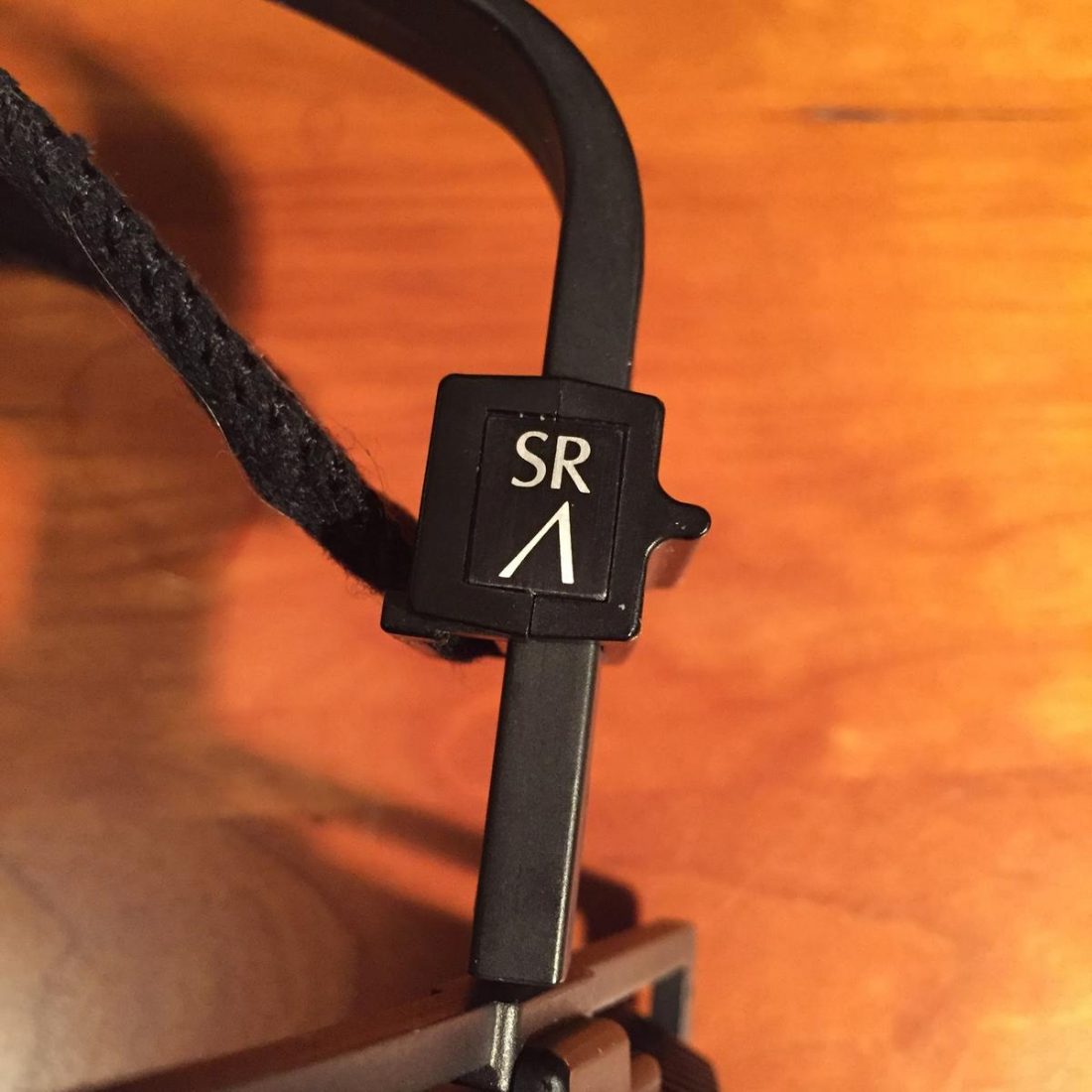
In Conclusion
At between USD$200 and USD$300 used, the SR-Lambda remains one of the best “hidden bargains” in the business when it comes to electrostatic headphones. It sounds a hell of a lot better than the modern SR-L300 and the SR-L500, while coming in at a considerably lower price.
For those used to more traditional dynamic-driver or even planar-magnetic headphones, the speed and technical capabilities of this headphone will likely be astounding. But if you got to the point where you’re reading about a 40-year-old electrostat from 1979, you probably already knew that.
Even with a slightly wonky frequency response and relatively poor bass performance, I find the listening experience facilitated by the SR-Lambda addictive, almost worryingly so. However, its frequency response problems prevent me from recommending it as a potential daily driver. This is something to get because you’re interested in its very unique, airy sound.
I plan to keep my SR-Lambda around for some time, while also checking out a couple other members of the Lambda series. But I don’t expect it’ll be a permanent member of my stable – especially once I can upgrade to the higher-priced SR-007. Still, the used price of these things has more or less stabilized, so if you can find a reasonable deal, check it out!
